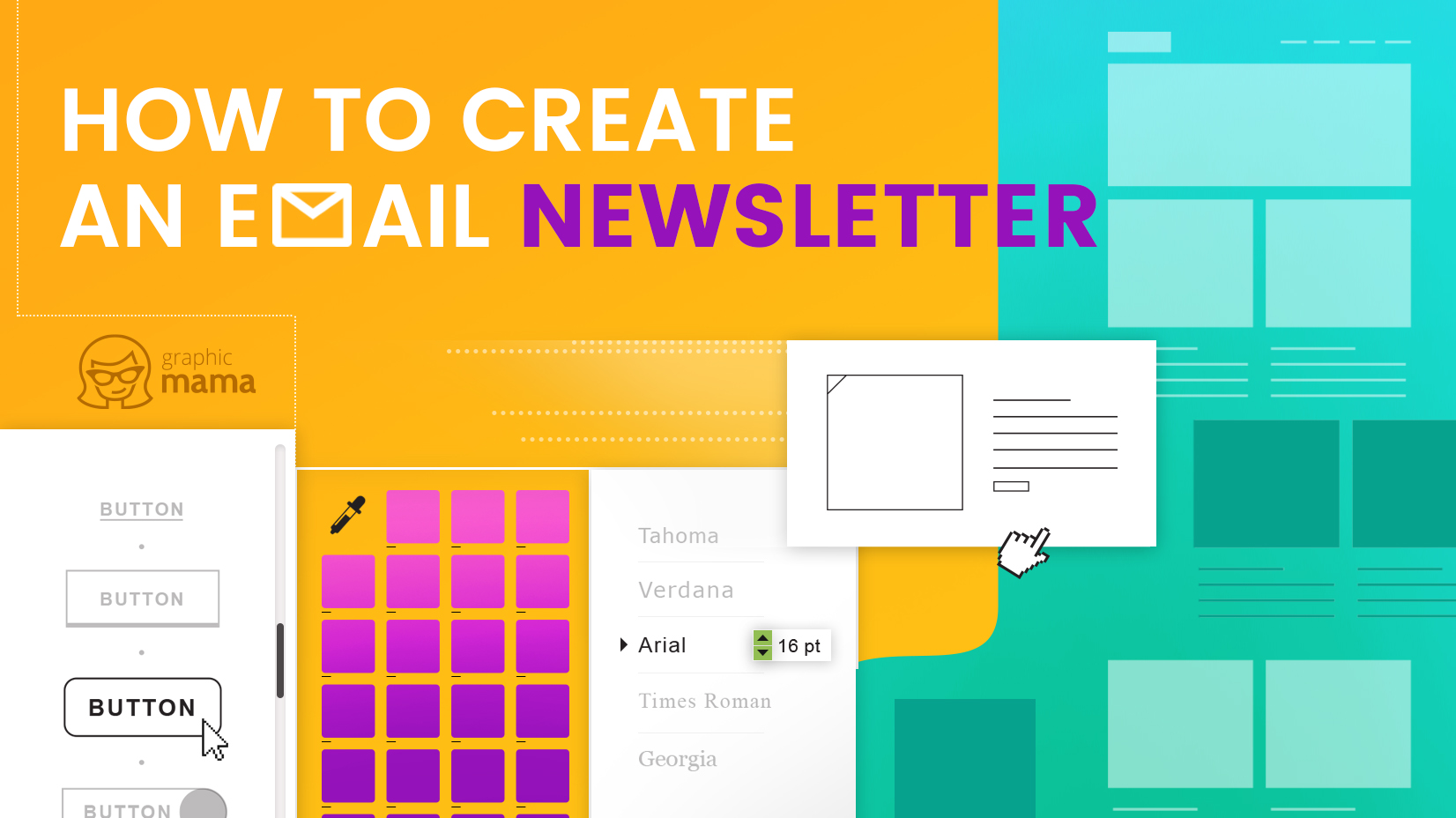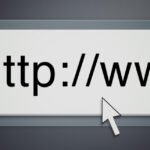Creating an email newsletter is essential for engaging with your audience. It’s a powerful tool for sharing updates, promotions, and valuable content.
Email newsletters help build relationships and keep your brand top of mind. They can drive traffic, boost sales, and enhance customer loyalty. Crafting a compelling newsletter might seem daunting, but it doesn’t have to be. With the right approach, you can create newsletters that your subscribers love to read.
This guide will walk you through the steps to design, write, and send effective email newsletters. Whether you’re a business owner or a marketer, you’ll find tips to make your newsletters stand out. Let’s dive in and learn how to create an email newsletter that captures attention and delivers results.
Choosing A Platform
Choosing the right platform for your email newsletter is crucial. It determines your email’s success and your workflow efficiency. The right platform can make your email newsletter look professional and engaging. Let’s explore some popular platforms and their features.
Popular Platforms
There are several popular platforms for creating email newsletters. Mailchimp is widely known for its user-friendly interface. Constant Contact offers excellent customer support. ConvertKit is ideal for bloggers and creators. Sendinblue provides powerful automation tools. Each platform has unique strengths to consider.
Platform Features
When choosing a platform, look at the features offered. Templates are essential for quick design. Automation tools save time by sending emails automatically. Analytics help track your email performance. Integration with other tools like WordPress or e-commerce platforms is beneficial. Consider the ease of use and customer support as well.
Building Your Email List
Building your email list is the first step in creating an effective email newsletter. An email list is a group of people who are interested in your content. These are the people who have chosen to receive updates from you. Growing this list should be a priority for anyone looking to send newsletters.
Opt-in Forms
Opt-in forms are essential for collecting email addresses. They are simple forms on your website where visitors can enter their email address to subscribe. Place these forms in visible areas like the header, footer, or sidebar. Make sure the forms are easy to fill out. This encourages more people to sign up. Use clear and concise language. Tell visitors what they will get by subscribing.
Lead Magnets
Lead magnets can boost your email list. A lead magnet is something you offer for free in exchange for an email address. This could be an ebook, a discount code, or a free trial. Make sure the lead magnet is valuable to your audience. It should solve a problem or provide useful information. This makes people more likely to give you their email address. Promote your lead magnet on social media and your website. This will help attract more subscribers.
Designing Your Newsletter
Designing your newsletter is a crucial step. A well-designed newsletter attracts readers and keeps them engaged. Let’s explore how to create a visually appealing newsletter.
Template Selection
Choosing the right template sets the foundation. It should align with your brand’s style. Consider these factors:
- Layout: Ensure the layout is clean and organized.
- Responsiveness: The template should be mobile-friendly.
- Customization: Easy to modify to suit your needs.
Many email marketing platforms offer pre-designed templates. These can save time and effort. Popular platforms include Mailchimp, Constant Contact, and SendinBlue.
| Platform | Features |
|---|---|
| Mailchimp | Drag-and-drop editor, responsive designs |
| Constant Contact | Customizable templates, mobile-friendly |
| SendinBlue | Pre-designed templates, easy customization |
Visual Elements
Visual elements play a significant role. They make your newsletter more engaging. Here are some tips:
- Images: Use high-quality images that reflect your content.
- Fonts: Choose readable fonts. Avoid using too many different fonts.
- Colors: Stick to your brand colors. This ensures consistency.
- Whitespace: Utilize whitespace to avoid clutter.
Visual elements should support your message. They should not overwhelm the reader. Balance is key.
Here is a sample CSS snippet to style your newsletter:
.newsletter {
font-family: Arial, sans-serif;
color: #333;
}
.header {
background-color: #f7f7f7;
padding: 20px;
text-align: center;
}
.content {
padding: 20px;
}
.footer {
background-color: #f7f7f7;
padding: 10px;
text-align: center;
font-size: 12px;
}
Remember, the design should be user-friendly. Readers should easily navigate through your newsletter. Make sure to test your design before sending it out.
Crafting Engaging Content
Creating an email newsletter involves more than just sending information. Crafting engaging content is key. This ensures your readers stay interested and continue opening your emails. Let’s dive into the essentials of creating engaging content for your email newsletter.
Subject Lines
The subject line is the first thing your readers see. It should grab their attention and make them want to open the email. Here are some tips:
- Keep it short and to the point (under 50 characters).
- Use action words to encourage clicks.
- Ask a question to pique curiosity.
- Personalize with the recipient’s name if possible.
Examples:
- “Exclusive Offer Just for You, [Name]!”
- “Need a Break? Check Out These Vacation Deals”
Body Copy
The body copy is where you deliver your message. It should be clear, concise, and valuable. Here’s how:
- Start with a strong opening sentence.
- Use bullet points to break up text.
- Keep paragraphs short (2-3 sentences).
- End with a clear call-to-action.
Example structure:
| Section | Content |
|---|---|
| Opening | Grab attention with a strong statement or question. |
| Main Message | Deliver the key information in clear, concise language. |
| Call-to-Action | Encourage the reader to take action (e.g., “Click here to learn more”). |
Remember, the goal is to engage your readers. Make your content easy to read and relevant to their interests. Your email newsletter will become a valuable resource they look forward to receiving.
Personalizing Your Emails
Personalizing your emails makes your readers feel special. It shows you care about their needs. This approach can improve engagement and loyalty. Let’s explore key strategies for email personalization.
Segmentation
Segmentation divides your email list into smaller groups. These groups share common traits. You can segment by age, location, or past purchases. Targeted emails are more relevant and interesting to readers. Start by collecting data on your subscribers. Use this data to create meaningful segments.
Dynamic Content
Dynamic content changes based on the reader. It makes each email unique. For example, you can show different products to different readers. A clothing store might show jackets to one person and dresses to another. This keeps emails fresh and engaging. Use merge tags to add personal details like the reader’s name. This simple touch can make a big difference.

Credit: blog.hubspot.com
Testing And Optimization
Creating an email newsletter is only the beginning. To ensure its success, you need to focus on testing and optimization. This step helps in understanding what works best for your audience. Let’s dive into two key areas: A/B Testing and Performance Metrics.
A/b Testing
A/B Testing allows you to compare two versions of your email. This helps in determining which one performs better. Start by changing one element at a time. For example, test different subject lines, call-to-action buttons, or images.
- Create two versions of your email: A and B.
- Send version A to one group and version B to another.
- Analyze the results to see which version gets more opens or clicks.
Use the winning version for future emails. Continue testing other elements to keep improving.
Performance Metrics
Understanding how your emails perform is crucial. Track performance metrics to see what works and what doesn’t.
| Metric | What It Measures |
|---|---|
| Open Rate | Percentage of recipients who open your email. |
| Click-Through Rate (CTR) | Percentage of recipients who click on links. |
| Conversion Rate | Percentage of recipients who take the desired action. |
| Bounce Rate | Percentage of emails not delivered. |
| Unsubscribe Rate | Percentage of recipients who opt out. |
Monitor these metrics regularly. Use the data to make informed decisions. For example, if your open rate is low, try different subject lines. If your CTR is low, improve your call-to-action.
Remember, testing and optimization is an ongoing process. Keep experimenting and refining your strategy for the best results.
Ensuring Deliverability
Creating an email newsletter is just the first step. Ensuring that your emails actually reach your subscribers’ inboxes is critical. Email deliverability is the key to success. It involves various tactics and protocols to prevent your emails from landing in spam folders. Below, we will explore several strategies to ensure your email newsletter reaches its destination.
Avoiding Spam Filters
Spam filters can block your emails. To avoid this, follow best practices:
- Use clean and concise subject lines. Avoid using all caps and excessive punctuation.
- Include a clear unsubscribe link in each email. This builds trust and complies with regulations.
- Avoid trigger words such as “free,” “win,” or “guarantee.” These words often raise red flags.
Additionally, ensure your content is relevant and valuable. This reduces the likelihood of recipients marking your emails as spam.
Authentication Protocols
Email authentication protocols verify your identity as a sender. This helps improve deliverability. The three main protocols are:
| Protocol | Description |
|---|---|
| SPF | Sender Policy Framework. It specifies which IP addresses can send emails from your domain. |
| DKIM | DomainKeys Identified Mail. It adds a digital signature to your emails, proving they are from you. |
| DMARC | Domain-based Message Authentication, Reporting & Conformance. It combines SPF and DKIM to protect your domain from unauthorized use. |
Implement these protocols to enhance your sender reputation. Many email service providers offer tools to help you set up these protocols.

Credit: www.youtube.com
Analyzing Results
Analyzing the results of your email newsletter is key to its success. Understanding how your audience engages helps improve future newsletters. Let’s dive into the important metrics to track.
Open Rates
Open rates show how many recipients opened your email. A higher open rate means your subject line was effective. Aim for an open rate above 20%. Test different subject lines to see what works best.
Click-through Rates
Click-through rates (CTR) indicate how many people clicked on links in your email. A good CTR means your content is engaging. Monitor CTR to understand which links attract the most clicks. Improve your content based on these insights.

Credit: graphicmama.com
Frequently Asked Questions
What Is An Email Newsletter?
An email newsletter is a digital communication sent to subscribers. It contains updates, news, or valuable content. The goal is to engage and inform your audience regularly.
How To Start An Email Newsletter?
To start, choose an email marketing platform. Collect email addresses through sign-up forms. Create engaging and valuable content. Schedule and send your newsletters consistently.
What Content To Include In A Newsletter?
Include relevant news, updates, promotions, or valuable tips. Personal stories and user-generated content work well. Ensure the content is engaging and valuable to readers.
How Often Should I Send Newsletters?
Send newsletters consistently, but not too frequently. Weekly or bi-weekly schedules work well. Test different frequencies to find what works best for your audience.
Conclusion
Creating an email newsletter is easier than you think. Start with clear goals. Choose a simple design. Write engaging content. Keep your audience in mind. Test before sending. Track your results. Adjust as needed. A good newsletter builds connections. It keeps readers informed and interested.
Follow these steps, and your newsletters will shine. Happy emailing!










